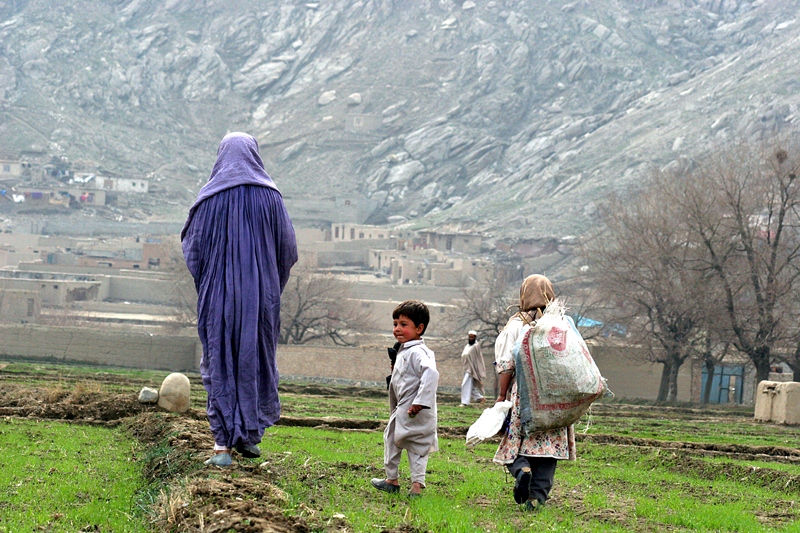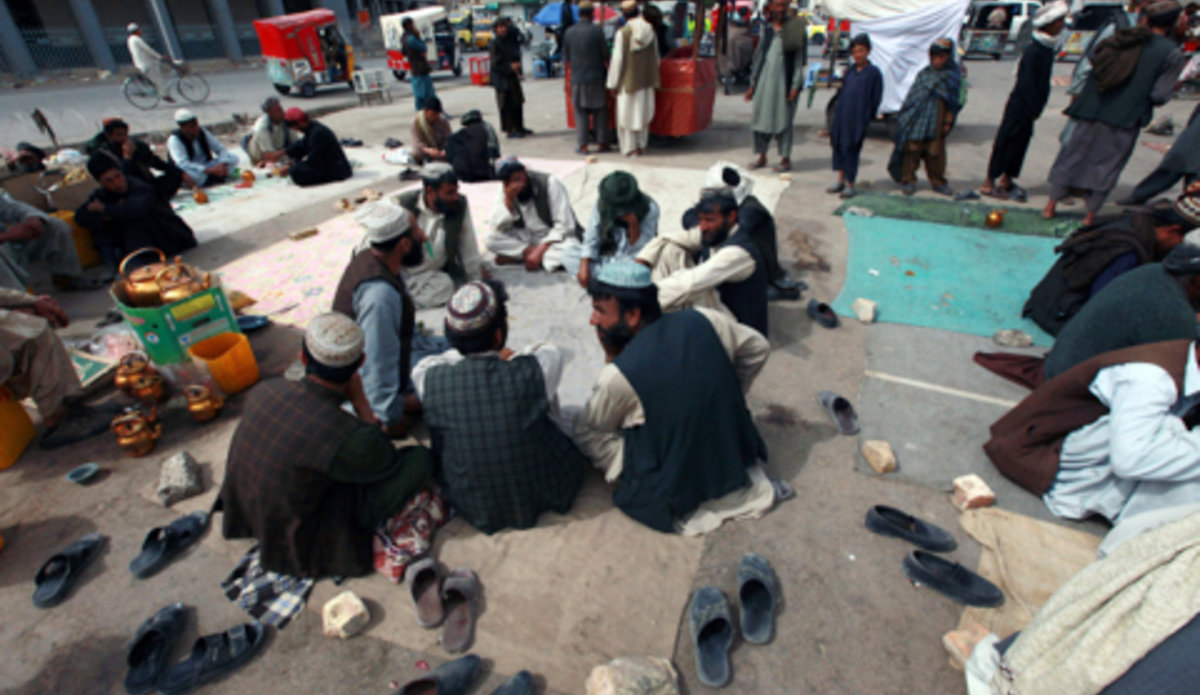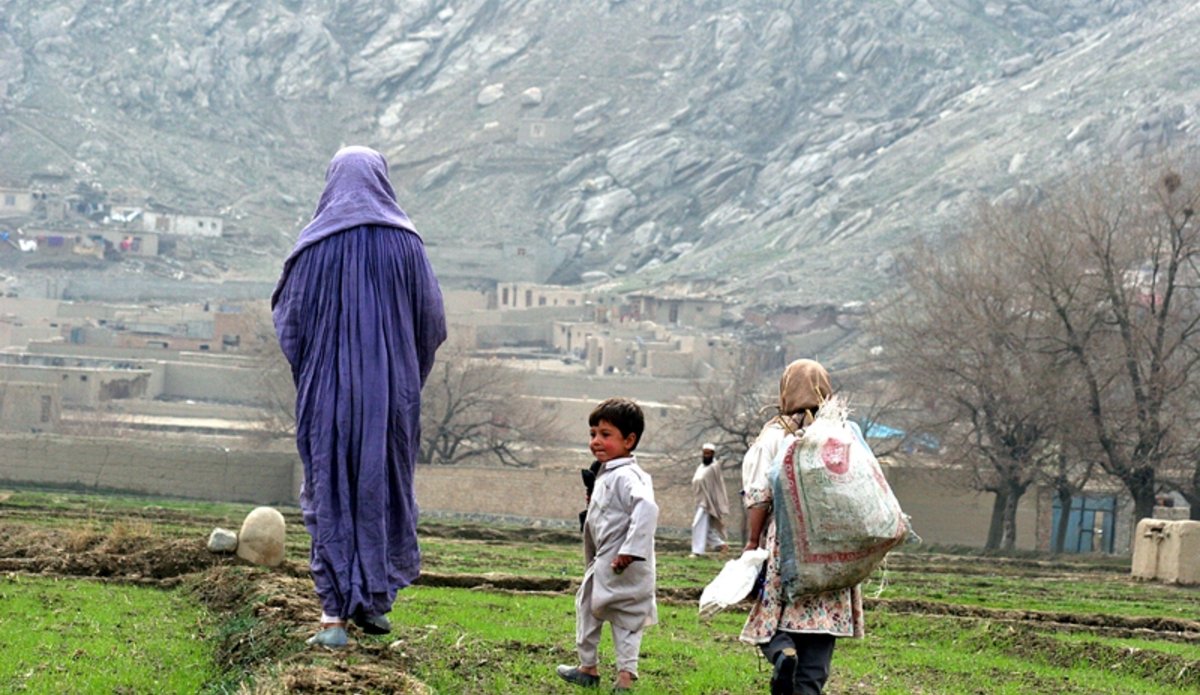Afghanistan registers fastest growth in human development in South Asia - UN report
KABUL - Afghanistan registered South Asia’s fastest growth in a range of measures of human development over the past dozen years, according to a recently-published United Nations flagship report.
The UN Development Programme’s (UNDP)’s Human Development Report 2013, titled The Rise of the South: Human Progress in a Diverse World, said that South Asian countries experienced more rapid improvement than other regions between 2000 and 2012, with Afghanistan achieving growth of 3.9 per cent, followed by its regional neighbours Pakistan with 1.7 per cent and India with 1.5 per cent.
However, despite registering the fastest growth rate in the region against the measures – known as the Human Development Index (HDI) – Afghanistan dropped three places on the Report’s rankings, to 175th place out of the 186 countries surveyed, down from its ranking in 2011.
A key component of the UNDP reports, the HDI is a composite measure of human development. It measures average achievements in a country in three basic dimensions of human development: a long and healthy life (health), access to knowledge (education) and a decent standard of living (income).

“… in part due to its low starting point, Afghanistan fell further behind most other countries in the world,” the UNDP Country Office in Afghanistan noted in a news release on the report’s findings.
Commissioned and published by UNDP since 1990, the Human Development Reports are an intellectually independent, empirically-grounded analysis of development issues, trends, progress and policies. The Reports’ ultimate goal is to help advance human development, and in light of this, it places as much emphasis on health, education, and the expansion human freedoms and abilities as economic growth.
With Afghanistan being virtually closed to the outside world under the Taliban regime from 1996 to 2001, the country’s economy was left in tatters. Since then, following the collapse of the regime, billions of dollars in international aid has helped Afghanistan make progress in various fields.
These include in children’s education, with the number of children attending school having risen from around one million in 2001 to 8.7 million in 2011 – more than two million of these children are girls who, under the Taliban regime, had been banned from attending school. Another field is that of maternal mortality, in which the mortality rate has dropped from 1,600 deaths per 100,000 live births in 2001, to 327 deaths per 100,000 live births.

Launched on 14 March in Mexico City, this year’s edition of the annual report said the rise of the ‘South’ was unprecedented in its speed and scale. The report uses the term ‘South’ to mean developing countries, and ‘North’ to mean developed nations.
“Never in history have the living conditions and prospects of so many people changed so dramatically and so fast,” the report stated.
The report predicted that by 2020 the combined economic output of three leading developing countries alone – Brazil, China and India – would surpass the aggregate production of Canada, France, Germany, Italy, the United Kingdom and the United States.
The full UNDP Human Development Report 2013 report can be downloaded here.
 UN
UN










